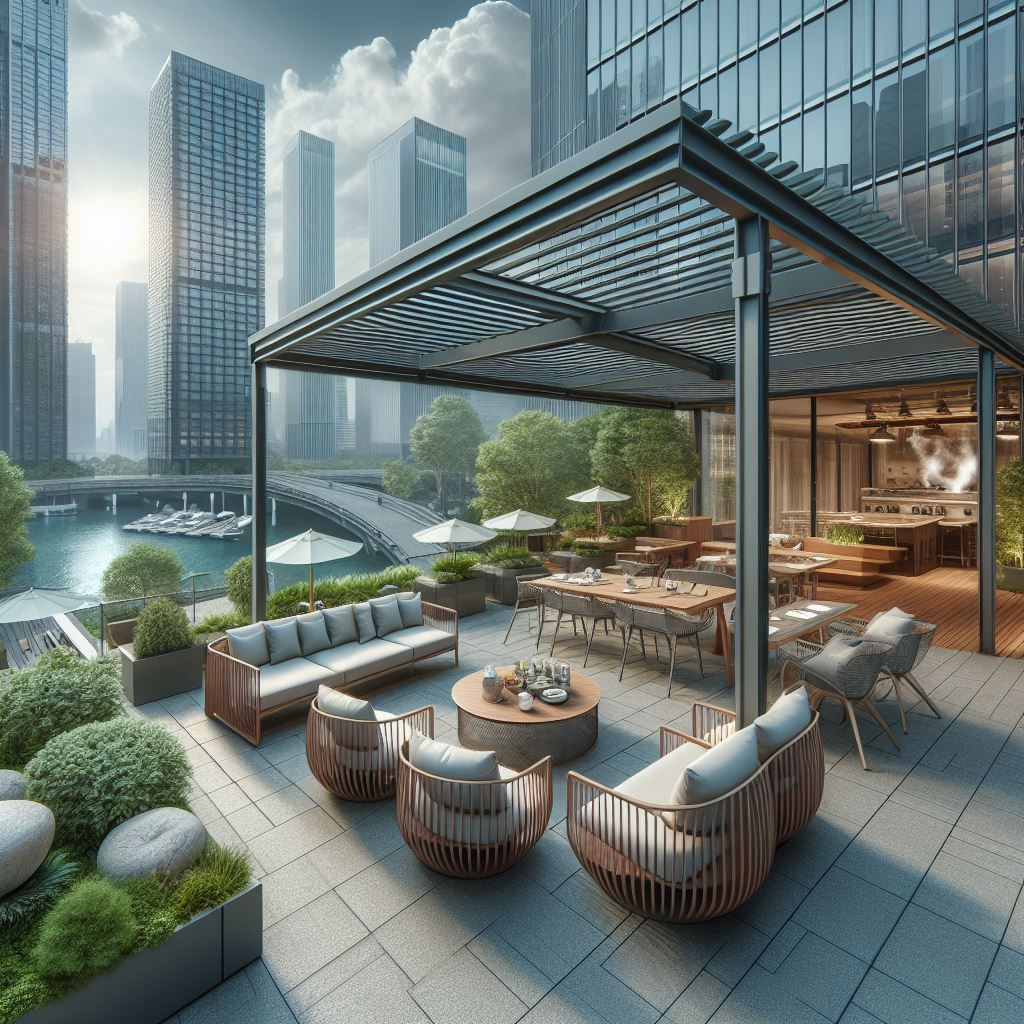Continuing on our theme from last week, winter can be a challenging time for the landscape of commercial properties. The harsh weather conditions, such as snow, ice, and de-icing chemicals, can take a toll on the aesthetics and functionality of the outdoor spaces. In this blog post, we will explore some solutions to help commercial property owners and managers maintain their landscapes during the winter season.
1. Permeable Pavers
One of the key issues during winter is the accumulation of snow and ice on walkways and driveways, which can lead to slippery surfaces and safety hazards. Using permeable pavers can help mitigate this problem. These pavers are designed to allow water and melting snow to seep through the surface, reducing the formation of ice and minimizing the need for de-icing chemicals.
2. Snow Storage Areas
Another challenge faced by commercial properties in winter is finding adequate space to store the accumulated snow. Creating designated snow storage areas can help prevent snow from piling up in unwanted areas, such as parking lots or walkways. These areas should be strategically located to minimize the impact on the overall landscape design.
3. Heated Drives and Snow Melting Areas
To ensure safe and accessible pathways for employees, customers, and visitors, consider installing heated drives and snow-melting areas. These systems use radiant heat to melt snow and ice, eliminating the need for manual snow removal or the use of de-icing chemicals. Heated driveways and walkways can also help prevent slip and fall accidents.
4. Snow-Friendly Planting Design
When it comes to landscaping in winter, it’s essential to choose plants that can withstand the harsh conditions. Opt for plants that are native to the region and are known to be resilient in cold climates. These plants are more likely to survive the winter and bounce back in the spring, reducing the need for replanting or extensive maintenance.
In conclusion, winter can pose various challenges to the landscape of commercial properties. However, property owners and managers can maintain functional and visually appealing landscapes throughout the winter by implementing the right solutions, such as permeable pavers, designated snow storage areas, heated drives, snow melting systems, and snow-friendly planting design. Remember to choose plants that are native to the region and suitable for the specific needs of the property to ensure long-term success. By taking proactive measures, commercial property owners can create a safe and inviting environment for employees, customers, and visitors, even during the harshest winter conditions.



